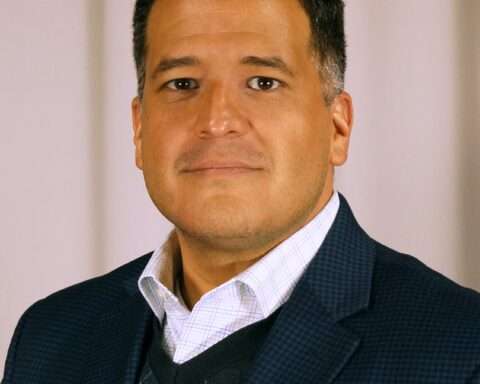A high-speed rail line that would connect Houston and Dallas that has been in the works since 2016 appears to be gaining speed. A private company focused specifically on this connection and Amtrak are evaluating a potential partnership for a train service that would cover 240 miles in less than 90 minutes.
Almost 100,000 people make the commute between Houston and Dallas-Fort Worth multiple times a week. Although Interstate 45 connects the two cities, and 17 direct flights run between them each day, a high-speed train route would offer the quickest and most environmentally sustainable transit option. The train would have an average speed of 187 MPH, the fastest in the world, and is estimated to remove 100,000 tons of greenhouse gases emissions annually.
There is currently only one true high-speed transit option, meaning speeds over 150 MPH, in North America. Amtrak’s Acela is a train service between Washington, D.C., and Boston that has 13 stops along the way. However, Amtrak is looking for their next destination, and says the Houston-Dallas connection checks all the boxes.
“If we are going to add more high-speed rail to this country, the Dallas to Houston Corridor is a compelling proposition and offers great potential,” Amtrak Senior Vice President of High-Speed Rail Development Programs Andy Byford said in a statement. “We believe many of the country’s biggest and fastest-growing metropolitan areas, like Houston and Dallas, deserve more high quality high-speed, intercity rail service and we are proud to bring our experience to evaluate this potential project and explore opportunities with Texas Central so the state can meet its full transportation needs.”
Multiple other high-speed projects are in the works across the country. Brightline West has broken ground on a rail line connecting Las Vegas and the Los Angeles area, and its sister company already has a fast train from Miami to Orlando. Meanwhile, the California High-Speed Rail Authority (CHSRA) is overseeing construction of a high-speed line to connect Sacramento and San Diego.
There are a few traits that make a route suitable for high-speed travel, Byford said. The two cities should have large populations, there should be modern infrastructure between them, and the route should have minimum curves with simple topography.
Texas Central and Amtrak plan to use technology from the Shinkansen N700S, a Japanese bullet train. With top speeds over 200 MPH and an average speed of 185 mph, the train would travel at the fastest average speed in the world.
The two entities have worked together since 2016 when they agreed to use Amtrak ticketing technology for the proposed project. Currently, both companies have submitted applications to federal programs like the Consolidated Rail Infrastructure Safety and Improvements (CRISI) grant program for study and design work.













